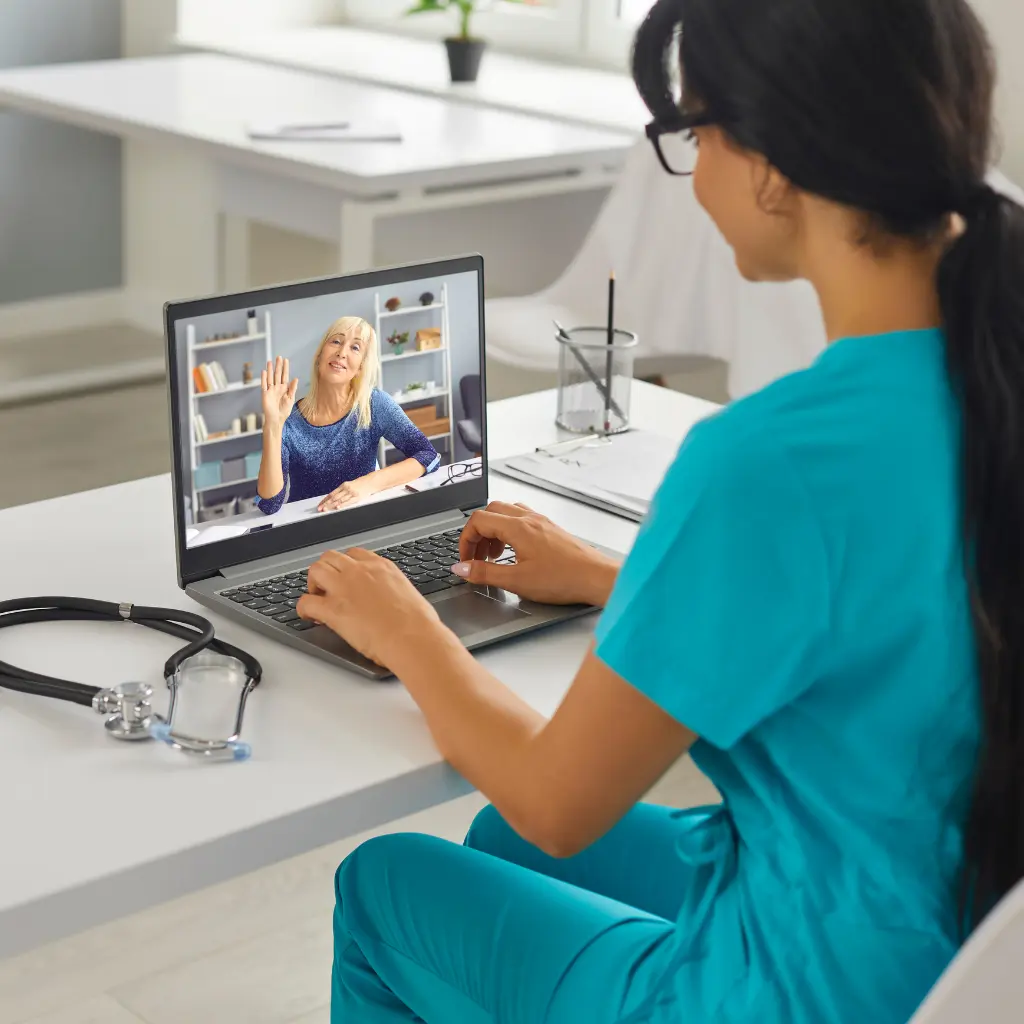A va telehealth virtual assistant is a remote professional who supports administration, remote patient monitoring, and occasional billing services for telehealth clinics, including those involved with veterans affairs telehealth. The telehealth medical assistant employs modern telecommunication technology to perform non-medical tasks for virtual healthcare practices traditionally managed by on-site staff for physical clinics. These
Virtual Medical Receptionists manage doctor appointments, health records, telehealth audio/video devices, claims submissions, and prescription refills. Additionally, the remote telehealth assistant stays connected to your remote patients around the clock, offering flexible service hours that improve overall patient experience.





